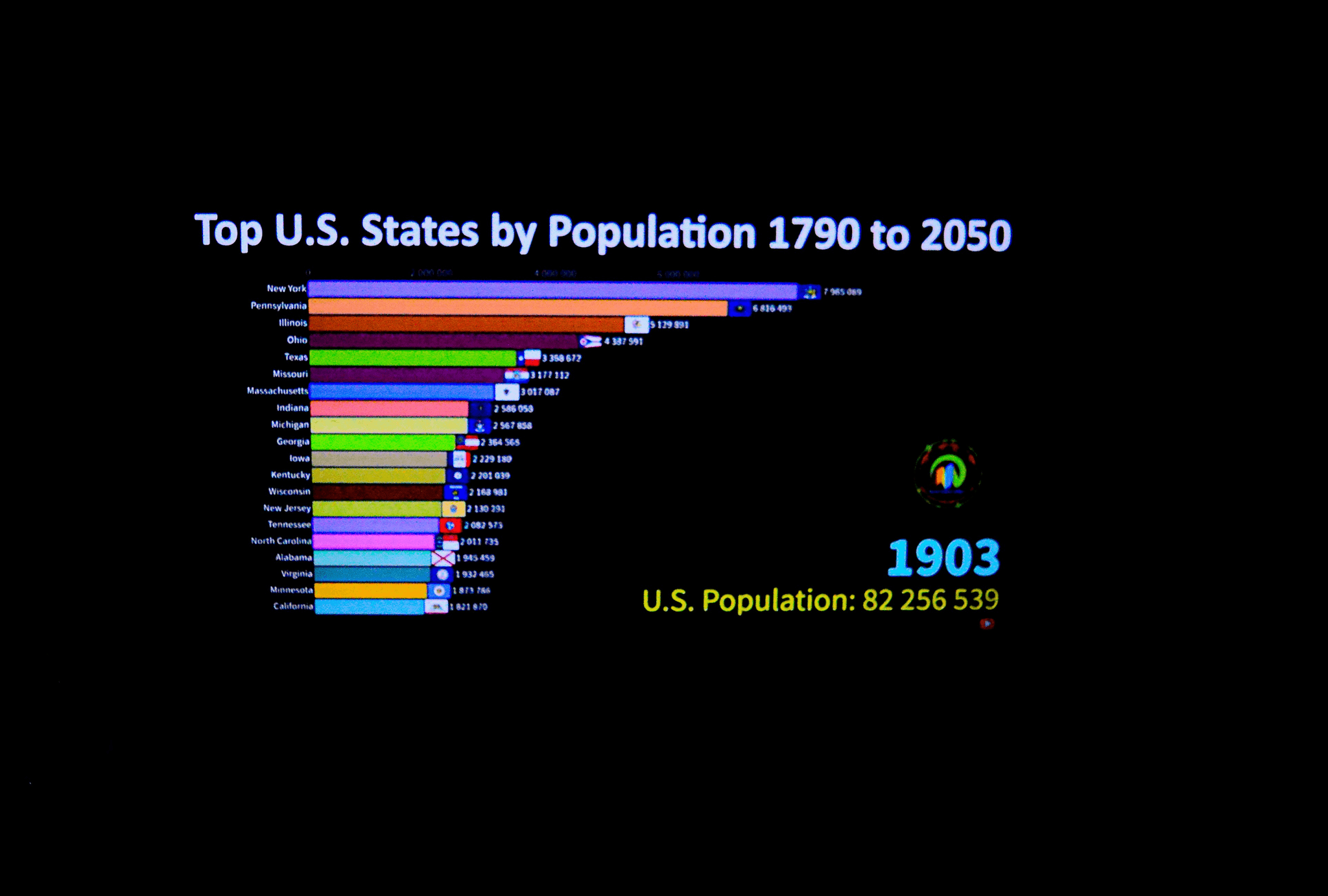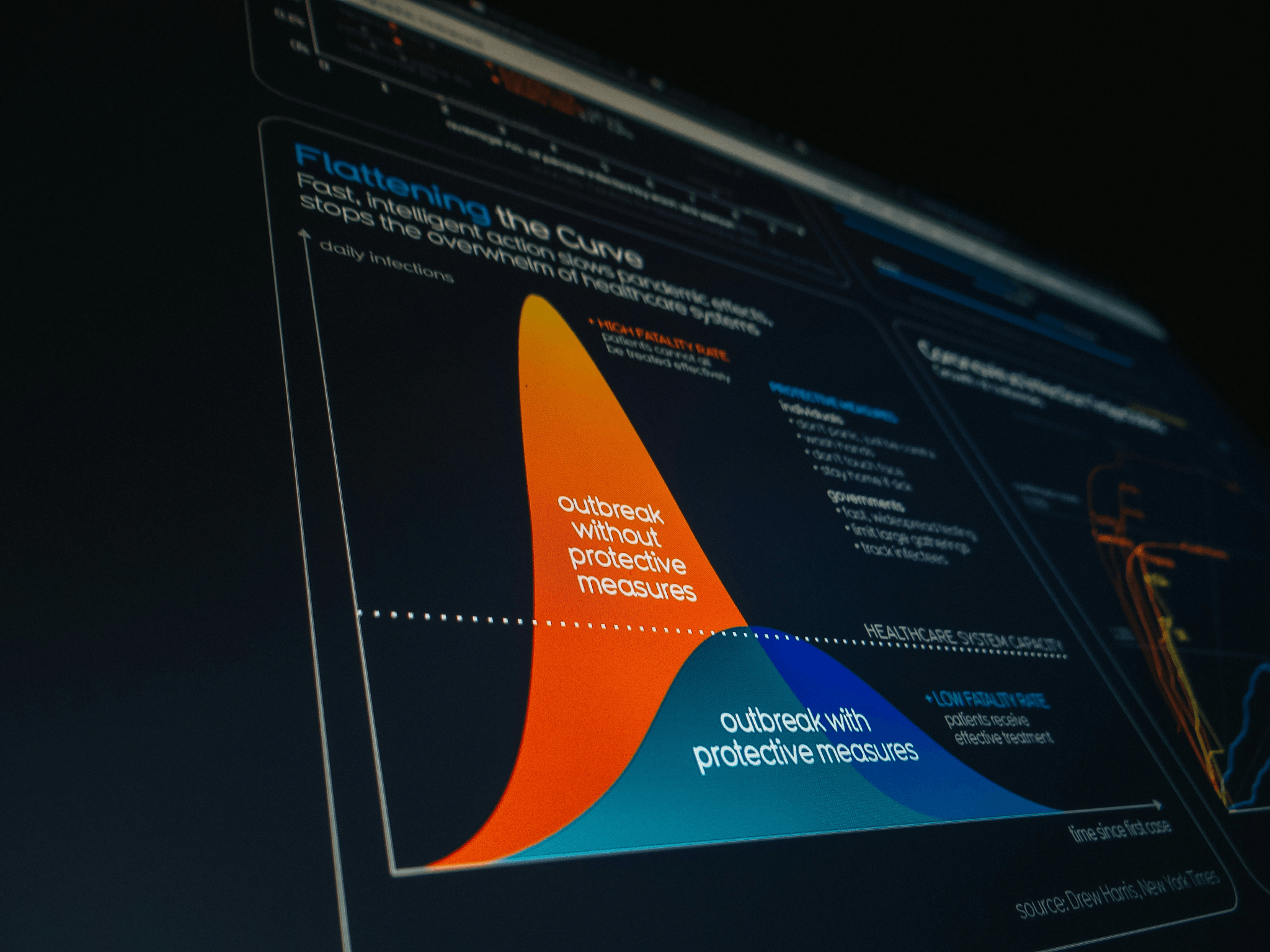Types of Market Research: Choosing the Right Approach for Your Business Needs
Types of Market Research: Choosing the Right Approach for Your Business Needs

Market research is crucial for businesses to understand their target audience, competition, and industry trends. By conducting market research, companies can gather valuable insights to make informed decisions and drive business growth. Various types of market research methods can be utilized to gain a deeper understanding of their market landscape.
Understanding the Importance of Market Research
Effective market research allows businesses to identify customer needs, preferences, and behaviors. By understanding these aspects, companies can tailor their products or services to meet consumer demands and stay ahead of the competition.
Types of Market Research Methods
Different types of market research methods exist, such as qualitative, quantitative, exploratory, descriptive, and evaluative. Each technique offers unique approaches to gathering valuable data and insights for making strategic business decisions.
Choosing the Right Approach for Your Business
Businesses must carefully consider which type of market research method aligns with their specific goals and objectives. Whether exploring consumer behaviors, measuring market trends, identifying opportunities or challenges, defining target audience characteristics, or assessing customer satisfaction, choosing the right approach is crucial for obtaining accurate and actionable insights.
By understanding the importance of market research and exploring different methods available, businesses can effectively conduct market research to gain a competitive edge in their industry.
1. Qualitative Market Research

Strikingly Contact Form
Qualitative market research involves exploring consumer behaviors to understand their preferences and decision-making processes better. By conducting in-depth interviews and observations, businesses can uncover valuable insights into why consumers choose certain products or brands over others. This type of market research provides rich, detailed data that can inform strategic business decisions.
Exploring Consumer Behaviors
When conducting qualitative market research, businesses explore the motivations and emotions driving consumer behavior. For example, a company might use open-ended questions to understand why customers prefer a particular product or how they feel about a specific brand. This approach allows businesses to gather nuanced insights that quantitative methods alone cannot provide, helping them better connect with their target audience.
Utilizing Focus Groups
One effective qualitative market research method is utilizing focus groups, where a small group of individuals discuss their thoughts and feelings about a product or service. Businesses can gain valuable feedback on consumer perceptions, attitudes, and preferences through facilitated discussions. This interactive approach allows for in-depth exploration of consumer opinions and provides a platform for participants to express their viewpoints openly.
Gathering In-depth Insights
Through qualitative market research, businesses can immerse themselves in the consumer world and gather comprehensive insights. Observing how consumers interact with products or services in real-life settings provides invaluable information about usage patterns and unmet needs. These insights can guide product development, marketing strategies, and customer engagement initiatives.
Remember that effective market research is not just about gathering data; it's about understanding the human element behind the numbers and statistics. Businesses can gain meaningful perspectives that drive informed decision-making by using qualitative methods such as exploring consumer behaviors, utilizing focus groups, and gathering in-depth insights.
2. Quantitative Market Research

Strikingly Form Analytics
Quantitative methods are crucial in gathering numerical data and statistics to measure market trends and patterns when conducting market research. One effective way to conduct quantitative market research is through surveys and questionnaires, which allow businesses to collect structured data from a large sample of respondents. These tools enable companies to gain valuable insights into consumer preferences, purchase behavior, and market trends.
Conducting Surveys and Questionnaires
One example of using surveys for market research is distributing online questionnaires to a target audience to gather feedback on product preferences or satisfaction levels. This method allows businesses to collect quantitative data that can be analyzed for trends and patterns, providing valuable insights into consumer behavior and market trends.
Analyzing Data and Statistics
After collecting survey responses or questionnaire data, the next step in quantitative market research involves analyzing the gathered information. This process includes examining numerical data and statistics to identify patterns, correlations, and trends that can provide valuable insights into consumer behavior, preferences, and purchasing habits.
Measuring Market Trends and Patterns
Quantitative market research also involves measuring market trends and patterns through statistical analysis of data collected from surveys or other sources. By identifying shifts in consumer behavior or changes in market preferences, businesses can adapt their strategies to capitalize on emerging opportunities or address evolving consumer needs.
Remember that effective market research requires a combination of qualitative and quantitative methods to understand consumer behavior and market dynamics comprehensively. By conducting thorough research using both approaches, businesses can make informed decisions that drive growth and success in today's competitive marketplace.
3. Exploratory Market Research

Exploratory market research is a crucial step in understanding the ever-evolving consumer landscape. By identifying opportunities and challenges, businesses can adapt to changing market dynamics and stay ahead of the competition. For example, a new startup may conduct market research to identify untapped customer needs and preferences, helping them tailor their products or services to meet those demands.
Identifying Opportunities and Challenges
One example of identifying opportunities through market research is a company conducting surveys to gauge consumer interest in a new product or service. By analyzing the data, they can uncover potential gaps in the market and capitalize on them by developing innovative solutions. On the other hand, businesses can also use market research to identify potential challenges, such as shifting consumer behaviors or emerging competitors, allowing them to address these issues proactively.
Uncovering New Market Segments
Market research enables businesses to uncover new market segments that may have been previously overlooked. For instance, a clothing retailer might conduct focus groups and demographic analysis to identify niche customer segments with specific preferences or purchasing behaviors. This insight allows them to tailor their marketing strategies and product offerings to target these segments and maximize sales opportunities effectively.
Adapting to Changing Consumer Preferences
Preferences and trends are constantly evolving in today's fast-paced consumer environment. Through exploratory market research, businesses can stay attuned to these changes and adapt accordingly. For example, an established brand might conduct qualitative research, such as interviews or observational studies, to gain deeper insights into how consumer preferences are shifting over time. This information is invaluable for adapting product designs, marketing messages, and overall business strategies.
By leveraging exploratory market research methods such as identifying opportunities and challenges, uncovering new market segments, and adapting to changing consumer preferences, businesses can gain valuable insights that drive strategic decision-making for sustainable growth.
Now, let's move from exploratory market research to descriptive market research methods that help define target audience characteristics and evaluate product usage behavior.
4. Descriptive Market Research

Descriptive market research involves defining the characteristics of your target audience to understand their needs and preferences better. By conducting surveys and analyzing consumer data, businesses can gain valuable insights into their customers' demographics, buying behavior, and product usage patterns.
Defining Target Audience Characteristics
To effectively conduct market research, businesses must define the characteristics of their target audience, including age, gender, income level, and lifestyle preferences. By understanding these demographic factors, companies can tailor their marketing strategies to better resonate with their ideal customers and improve overall brand engagement.
Evaluating Product Usage and Purchase Behavior
Market research also involves evaluating how consumers use products and make purchasing decisions. Through surveys and customer feedback, businesses can gain valuable insights into consumer behavior, such as frequency of product usage, preferred purchase channels, and factors influencing buying decisions.
Understanding Market Size and Demographics
Understanding market size and demographics is crucial for businesses to identify growth opportunities and target new customer segments. By analyzing demographic data and market trends, companies can make informed decisions about expanding into new markets or adjusting their product offerings to better meet the needs of specific customer groups.
5. Evaluative Market Research

Ventures Template from Strikingly
When conducting market research, assessing customer satisfaction and loyalty is crucial to understand the overall sentiment toward your brand or product. For example, sending out customer satisfaction surveys or using net promoter scores can provide valuable insights into customer experiences and their likelihood to recommend your business to others.
Assessing Customer Satisfaction and Loyalty
One effective market research example for assessing customer satisfaction and loyalty is using online review platforms such as Yelp or Google Reviews. By analyzing the feedback and ratings left by customers, businesses can better understand areas for improvement and identify loyal customers who are advocates for their brand.
Testing Product Concepts and Designs
Another critical aspect of evaluative market research is testing product concepts and designs to ensure they resonate with the target audience. This can be achieved through focus groups, prototype testing, or concept evaluations to gather feedback on features, functionality, and overall appeal.
Gauging Brand Perception and Positioning
Gauging brand perception and positioning involves understanding how your brand is perceived in the marketplace compared to competitors. This type of market research can be conducted through brand awareness surveys, competitor analysis, or perceptual mapping to identify strengths, weaknesses, opportunities, and threats in the market landscape.
By effectively conducting evaluative market research encompassing customer satisfaction assessment, product concept testing, and brand perception analysis, businesses can make informed decisions that drive growth and success in today's competitive marketplace.
Strikingly Features for Effective Market Research

Strikingly Landing Page
When conducting market research, it's essential to utilize effective methods to gather valuable insights. One striking feature is the use of advanced analytics tools to track and analyze consumer behavior across various channels. By leveraging these tools, businesses can comprehensively understand their target audience's preferences and purchasing patterns, leading to informed decision-making and strategic planning.
Another striking feature is integrating artificial intelligence (AI) and machine learning algorithms into market research processes. These technologies enable businesses to automate data collection, analysis, and interpretation, allowing real-time insights into market trends and consumer sentiments. By harnessing the power of AI, companies can efficiently identify emerging opportunities and adapt to changing market dynamics.
Furthermore, interactive visualization tools such as heat maps and customer journey mapping offer a striking way to interpret complex data sets and uncover actionable insights. These tools provide a visual representation of consumer interactions with products or services, helping businesses identify pain points, preferences, and areas for improvement. By visualizing data this way, companies can make data-driven decisions that resonate with their target audience.
Incorporating these striking features into market research practices can significantly enhance the effectiveness of gathering valuable insights for business growth. By leveraging advanced analytics tools, AI technologies, and interactive visualization methods, companies can stay ahead of the competition by understanding their target audience's behaviors and adapting their strategies accordingly.
Market Insights Made Easy: Leveraging Strikingly's Features for Effective Research
In today's competitive business landscape, understanding your target audience is paramount. Strikingly, with its intuitive platform and powerful analytics tools, empowers businesses to conduct effective market research and make data-driven decisions.
Harnessing Strikingly for Market Research Success
- Define Your Research Goals. Clearly outline the specific information you want to gather. Are you aiming to understand customer preferences, identify market trends, or assess competitor activity?
- Utilize Strikingly's Analytics. Leverage Strikingly's built-in analytics to track website traffic, user behavior, and demographic data. This provides valuable insights into your audience.
- Create Surveys and Polls. Use Strikingly's form builder to create surveys and polls to gather direct feedback from your visitors.
- Integrate with Third-Party Tools. Connect Strikingly with popular survey tools like Google Forms or SurveyMonkey to gather more comprehensive data.
- Analyze Website Traffic. Identify your website's top traffic sources, popular pages, and user behavior patterns. Strikingly's analytics offer detailed insights.
- Leverage Heatmaps. Visualize user interactions on your website with heatmaps. This helps you understand where visitors focus their attention.
- Track Conversion Rates. Monitor conversion rates for specific goals, such as sign-ups, purchases, or contact form submissions. Strikingly's analytics provide clear metrics.
- Analyze Customer Feedback. Use customer reviews, comments, and social media interactions to gather qualitative feedback. Strikingly's integration with review platforms can help.
- Benchmark Against Competitors. Compare your website's performance to industry benchmarks. Strikingly's analytics can help you identify areas for improvement.
- Utilize A/B Testing. Experiment with different website elements to optimize for better results. Strikingly's A/B testing features allow you to compare variations and identify the best approach.
By effectively utilizing Strikingly's features, you can conduct comprehensive market research and make data-driven decisions to improve your business strategy. Remember, understanding your target audience is essential for success.
Enhance Decision-making with Data-driven Strategies

Market research is an essential tool for business growth, and its practical implementation can lead to valuable insights. By conducting market research, businesses can gain a deeper understanding of consumer preferences and behaviors, enabling them to make informed decisions.
Strategic Implementation for Business Growth
Strategic implementation of market research findings can drive business growth by identifying new opportunities and addressing challenges. For example, a company may conduct market research to identify emerging trends in the beauty industry, leading to the development of innovative products that cater to changing consumer preferences.
Leveraging Market Research Insights
Leveraging market research insights allows businesses to stay ahead of the competition by understanding market dynamics and consumer needs. For instance, a retail company may use market research data to optimize its product offerings based on customer preferences, ultimately increasing sales and customer satisfaction.
Businesses can make more informed decisions aligned with consumer demands by adopting data-driven strategies based on market research findings. For instance, a tech company may use quantitative market research to analyze customer feedback and improve its product design, leading to higher customer satisfaction and loyalty.
Effective market research is crucial for businesses looking to understand their target audience and make strategic decisions that drive growth. By leveraging different market research methods, companies can gain valuable insights that inform their business strategies and set them apart in the marketplace.
